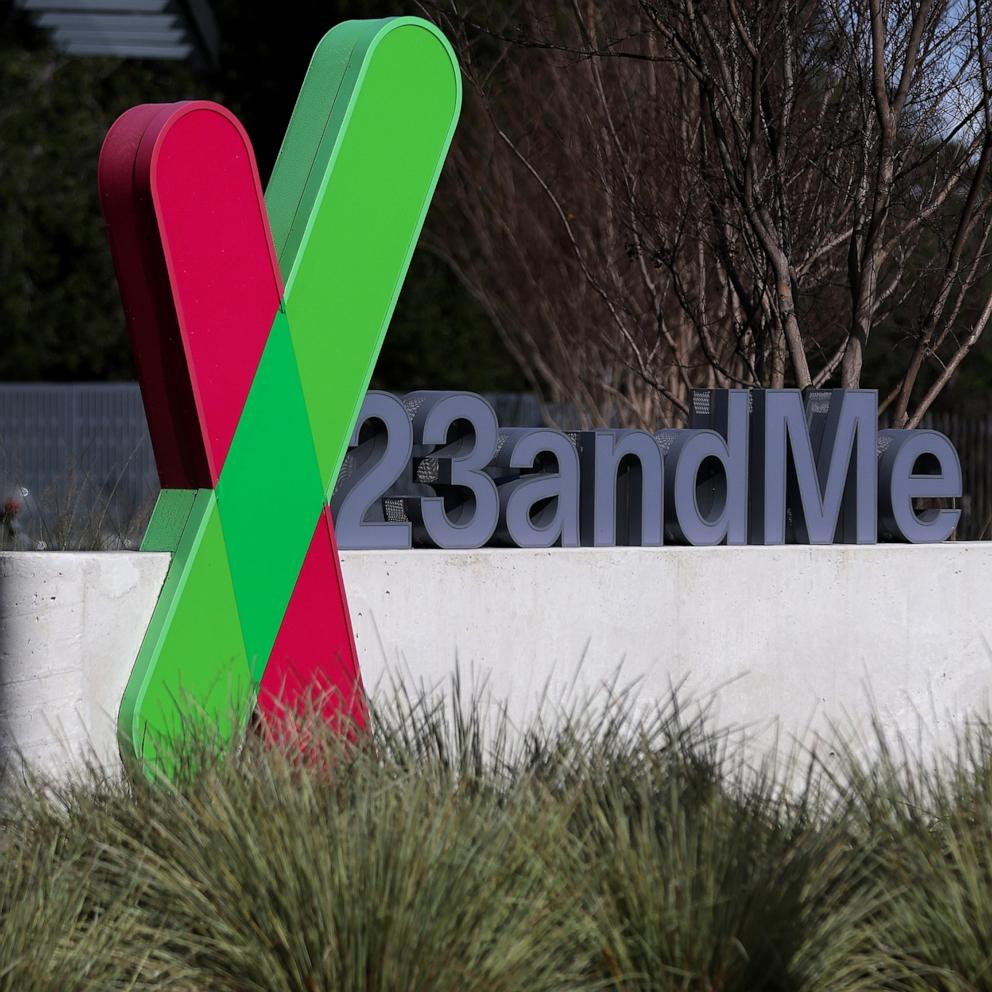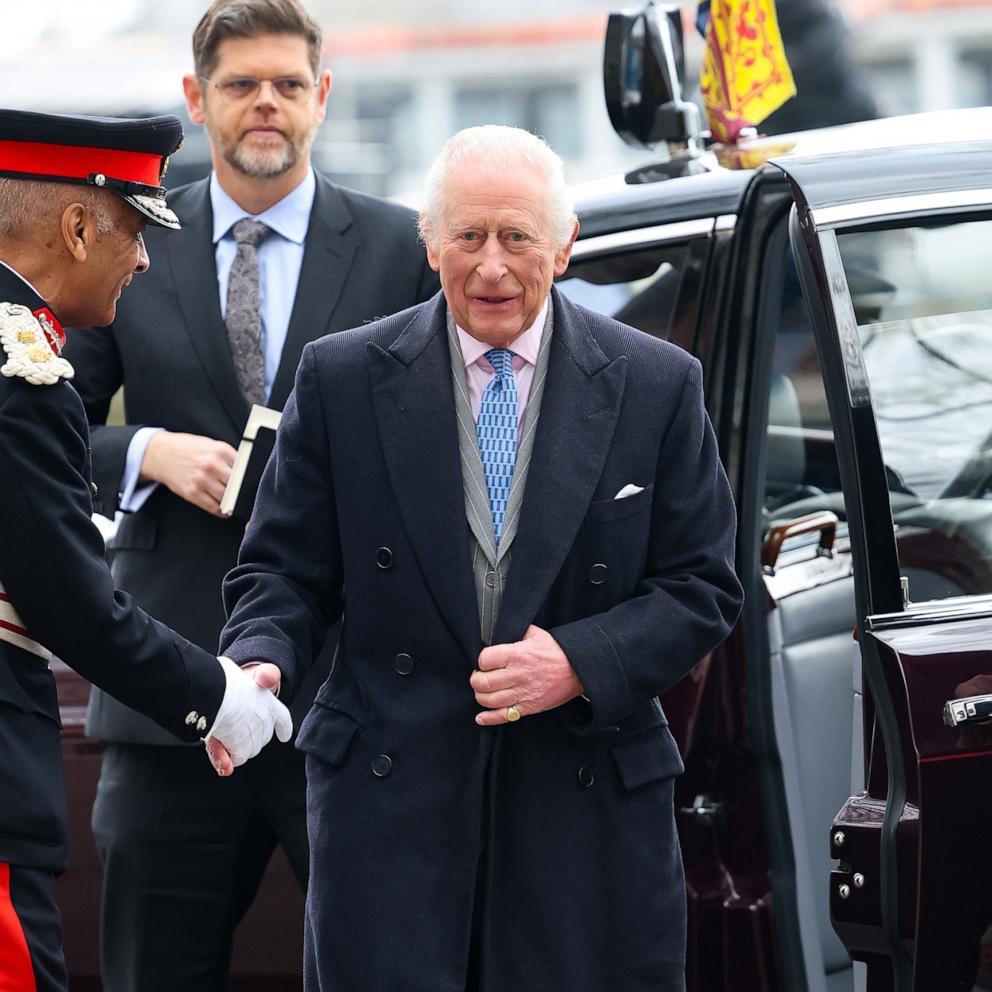Egg prices are at record highs. Can Trump crack the problem?

Last September, then-vice presidential candidate JD Vance stood in a grocery store aisle in Reading, Pennsylvania, wielding a poignant political prop: a carton of eggs, which he used to pillory Democrats' "inflationary policies." While the photo op ended up getting attention for the wrong reasons (for one, Vance claimed the eggs cost $4 a dozen while clearly visible signs behind him showed they were selling for $2.99), the argument was an effective one. Polls before and after the election showed the economy and inflation were the most important issues for a plurality of voters, while around 7 in 10 said they were "very concerned" about food prices. Both President Donald Trump and Vance regularly pledged to reduce the cost of everyday items, like eggs, if elected.
But egg prices did not go down on "day one" as Trump promised. In fact, the latest monthly consumer price index showed that the average price of a dozen eggs reached a record high of $4.95 in January. While eggs are just one product, they're a useful case study in how many factors can influence the price of food, and what — if anything — the president can do about it. The reality is that the White House is limited in how much influence it has over the price of goods in a free market, and the actions that Trump has taken so far are more likely to increase those prices than decrease them.
"Some of the proposed policies of the Trump administration could have pretty significant consequences for the U.S. agri-food system," said David Ortega, a food economics professor at Michigan State University. "The tariffs, even the mass deportations — these are policies that are inflationary. Instead of bringing costs down, they're going to do, almost certainly, the exact opposite."
Here's the very basic explanation for why egg prices are currently so high: There is an outbreak of bird flu infecting flocks of egg-laying chickens across the U.S. When flocks are infected, they either die from the disease or are killed to prevent further spread. Fewer chickens = fewer eggs = lower supply = higher price. But according to Ortega, there are other factors at play, too, including the general inflation we've seen since the pandemic.
"Eggs are what we call in economics 'inelastic,' meaning if prices go up, we don't see as big of a drop in the demand as we would in other products," Ortega said. "And that's because there are very few substitutes, and in some cases there really aren't any substitutes, for eggs."
With living animals, there are also added biological factors impacting the supply chain. You can't just replace an entire flock of hens overnight. It takes 21 days for eggs to hatch, and then another four to four and a half months for those chicks to mature enough to start laying eggs themselves. All told, it can take upward of six months for a farm that had to kill off its flock to be back up and producing eggs again.
When asked at a press briefing in January about the price of eggs, White House Press Secretary Karoline Leavitt blamed former President Joe Biden for having "directed the mass killing of more than 100 million chickens, which has led to a lack of chicken supply, therefore a lack of egg supply, which is leading to the shortage." It's true that, since the current outbreak of bird flu began in 2022, more than 158 million birds have been affected, according to the Department of Agriculture. But the practice of killing off affected birds is one that predates Biden, took place during Trump's first term as well, and has helped prevent the outbreak from spreading even further.
That said, Leavitt was right to highlight the impact of bird flu on the current egg supply and prices — it's the main contributing factor here. So, with that being the case, is there anything Trump could do to bring prices down?
"There's always a solution, whether or not it's a good solution," said Jada Thompson, an agricultural economics professor at the University of Arkansas. "At an extreme, the U.S. government could go out and buy eggs and sell them back to us cheaper and take the loss. But then the government is functioning as a wholesale intermediary, and that's not what the government's function is."
Technically, if Trump wanted to, he could go full FDR and use price controls and rations to bring down the cost of eggs, but there are a lot of reasons why that is unlikely to happen. A slightly more realistic scenario, though one that would take longer to make an impact, would be to invest government resources to fight the outbreak through things like grants for improving biosecurity (hygiene protocols used to stop the spread of disease, such as spraying down trucks before they enter or exit a farm or patching up buildings to prevent wild birds from entering). Investing in improved disease surveillance, especially among wild bird populations — which seem to be driving a lot of the outbreak — would also go far to helping curb the spread, according to Rebecca Carriere Christofferson, a pathobiology professor who studies emerging viruses at Louisiana State University.
"Having more data is never a bad idea," she said, noting it was a federal surveillance program — the National Milk Testing Strategy — that allowed inspectors to identify that bird flu had spilled over into dairy cattle.
But so far, none of these strategies appear to be on Trump's long list of priorities. And the things that are topping his list would more likely drive up the cost of food, including eggs, rather than lower them. Trump has frozen funding for some USDA programs and interrupted communications, contributing to a disruption in the monitoring and response to bird flu, according to reporting from Reuters. Freezing work at government agencies like the Department of Health and Human Services and the National Institutes of Health could jeopardize the existing work these agencies have been doing to better understand bird flu and implement strategies to combat the spread. And while nearly all of the U.S.'s supply of eggs is domestic, the eggs it does import come predominantly from Canada, a country on which Trump has threatened to impose 25 percent blanket tariffs.
A month after the election, Trump sat for an interview with NBC News, in which he said he won on two issues: the border and "groceries." For many, including Trump and Vance during the campaign, eggs have become the symbol of the high cost of living. But they also demonstrate just how little control a president has on prices, particularly in the short term — the price of eggs surged and fell during the first wave of the bird flu outbreak independent of what the Biden administration was doing. It's easy to make promises standing in a grocery store aisle on the campaign trail; it's a lot harder to fulfill those promises once in office.




